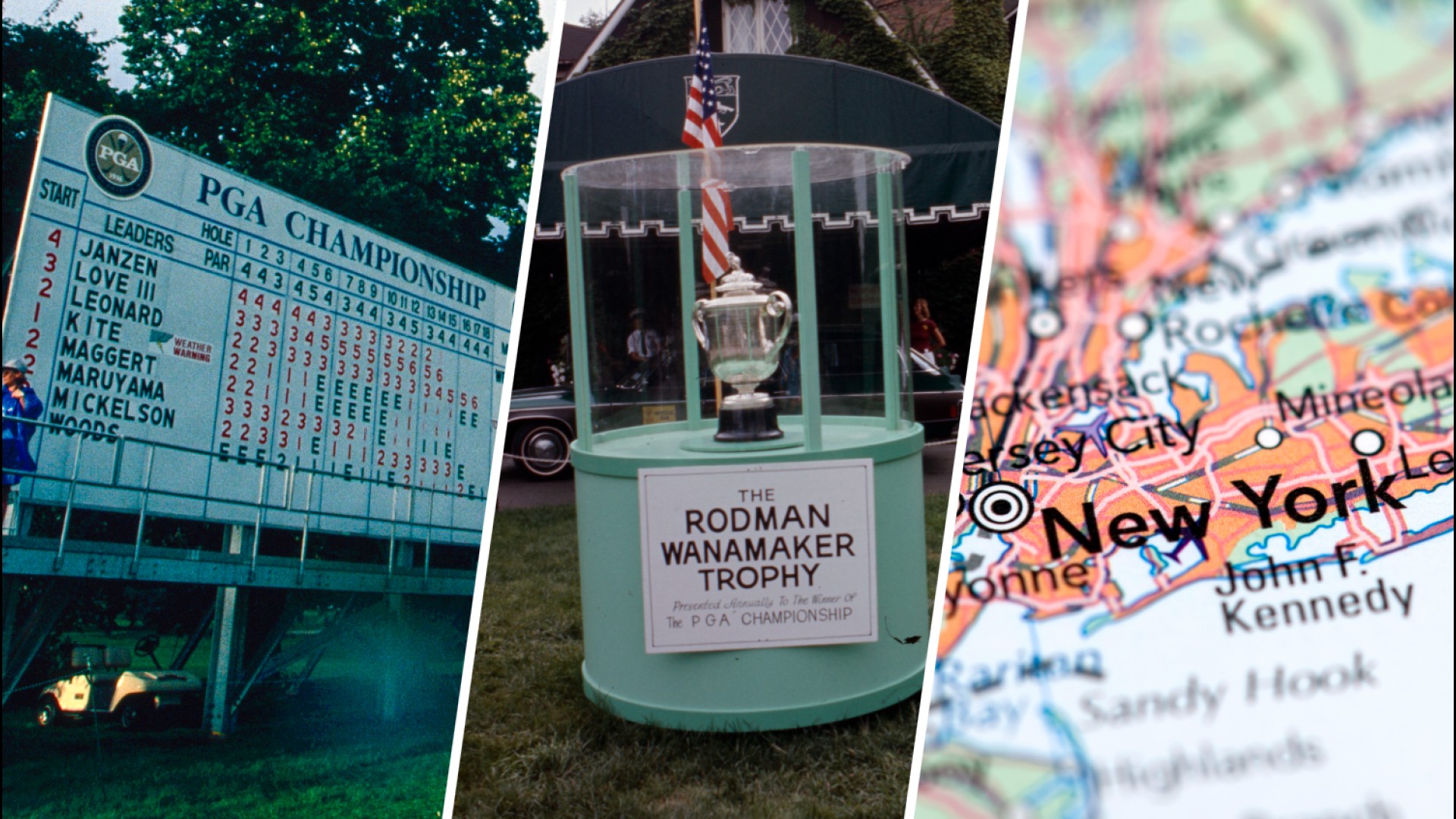
It’s been a tough three years with Spencer Hawes in Philadelphia. Our
prospect big man, who started 150 games over his first three seasons as
a Sixer, has been the quintessential NBA tease over his time
in Philly, playing well enough for stretches to gradually raise our
expectations, until he pulls the bottom out from under us with a week or
a month of subpar play, only to begin the cycle over again. The flashes
of growth and unteachable talent are always offset by flashes of
regression and general incompetence, and at the end of the day, it’s
exceedingly difficult to tell if we have a really good NBA player who
just needs to learn consistency, or a seven-foot mirage whose
deficiencies will always outweigh his perceived “potential.”
For the first few years, the Sixers were driven by necessity, and a
paucity of other viable options, to lean towards the former, and they
even rewarded his uneven play with a two-year, $13 million contract last
off-season. With the acquisition of Andrew Bynum later in the summer,
it was supposed to take the pressure of Spence to prove himself–he’d be
overpaid as a back-up center, for sure, but his inconsistency would be
less concerning in a lower-leverage role on the team, and who knows,
maybe he and Bynum would even be able to work well off one another, as
Bynum and Pau Gasol once did in Los Angeles.
Obviously, that pan didn’t plan out, and now with one year remaining
on his contract, the question remains of whether or not Spencer Hawes
will ever be an acceptable starting center in the Association. The
Sixers would really, really love him to be, considering he’s still only
25 (happy birthday last Sunday, Spence!), still not terribly expensive,
and when he plays well, the Sixers always seem to be able to reach
another level, as they did this March when he had his best month of the
season (14/10/4 on 51% shooting and 50% from deep, with two blocks) and
the Sixers went 8-9 for the month, their best month of 2013, sadly.
Stay in the game with the latest updates on your beloved Philadelphia sports teams! Sign up here for our All Access Daily newsletter.
The numbers sorta bear out that last part, by the way. Take a look at Spence’s splits in Sixers wins vs. losses this season:
Wins: 12 PPG, 8 RPG, 3 APG, 50% FG, 42% 3PT, 2.0 BLK
Losses: 10 PPG, 7 RPG, 2 APG, 44% FG, 30% 3PT, 1.0 BLK
Every player is better in wins than losses, generally, but those are
pretty notable splits, especially in terms of his shooting numbers.
Passes the eye test, too–there’s just so much more that opens up for the
team on offense when he’s hitting his jumper, but everything seems to
really sputter to a halt when he’s clanking.
Anyway, you could make the argument, as Sixers brass will likely try
to, that Spence is a viable option at starting center going into next
year, if Bynum doesn’t work out and Al Jefferson costs too much and no
one in the draft really catches their eye. He still has an above average
PER (16.0 last year, not bad for a center), and set a career high in
Win Shares, supposedly worth about 4.5 wins to the Sixers last year.
Besides, he got better towards the end of the year, and he’s still only
25, which means there should be plenty of room for him still to improve.
News
I would bet against this happening, though. Forgetting his defense
for a second, let’s compare his numbers this year to his stats for the
Sacramento Kings back in 2009, his second year in the league:
2009: 11.4 PPG, 7.1 RPG, 1.9 APG, 47% FG, 35% 3PT, 1.2 BLK
2013: 11.0 PPG, 7.2 RPG, 2.2 APG, 46% FG, 36% 3PT, 1.4 BLK
Kind scary similar for a player in his age-20 and age-24 seasons, no?
There are some subtle efficiency differences to be found if you look
hard enough–Spence shot the ball about 10% better from the free-throw
line this year, averaged about half a turnover less a game, and had a
much better defensive rating (though a lot of that was his playing on
the 17-win, anything-goes Kings team of 2009). But for a player to go
through as many ups and downs as Spencer Hawes has as a player the last
four years and essentially be right back where he started
production-wise…it’s a little disconcerting for his long-term prospects.
And if he can’t be a superlative offensive player, his defense will
always make him a net liability. When discussing Hawes’ D, Sixer fans
will likely flash back to the Celtics series in 2012 where he was
profoundly abused by the likes of Kevin Garnett and Brandon Bass,
proving himself downright unplayable over the course of the series
(though Coach Collins continued to play him just the same). This year,
Spence wasn’t much better, continuing to get swallowed up by more
physical, sizeable frontlines like that of hose on the Nets, who Hawes
averaged just five boards a game against in four games this season.
(According to Hoopdata,
Spence ranked 23rd in Total Rebounding Rate among centers who played at
least 20 minutes a game.) He was still routinely a crucial half-second
late on help defense, he still didn’t get his hands up to contest jump
shooters, and he never, ever took charges–only three all season, pretty
deplorable for a defensive anchor.
Spence would still be an asset as a backup center, and as a $6.5
million expiring contract this season, could have value to the Sixers in
trade scenarios, either as cap filler in a bigger deal, or as a
short-term loaner to a contending team in need of size in exchange for
future prospects and/or draft picks. As a starting center, I think it’s
safe to say he’s run his course in Philly, and that if we tip off the
season with him jumping at half-court, it probably means our
expectations for the year should be kept reasonably low. Much here
depends on Bynum, free agency, and the draft, but if the Sixers’ plan
for our big-man situation is to resign Hawes to another contract–of any
size or length–once his current expires, that’s really no plan at all.
Previously:


